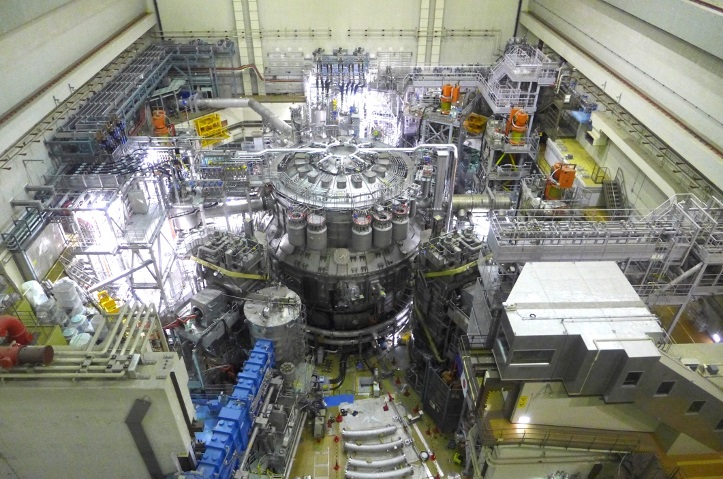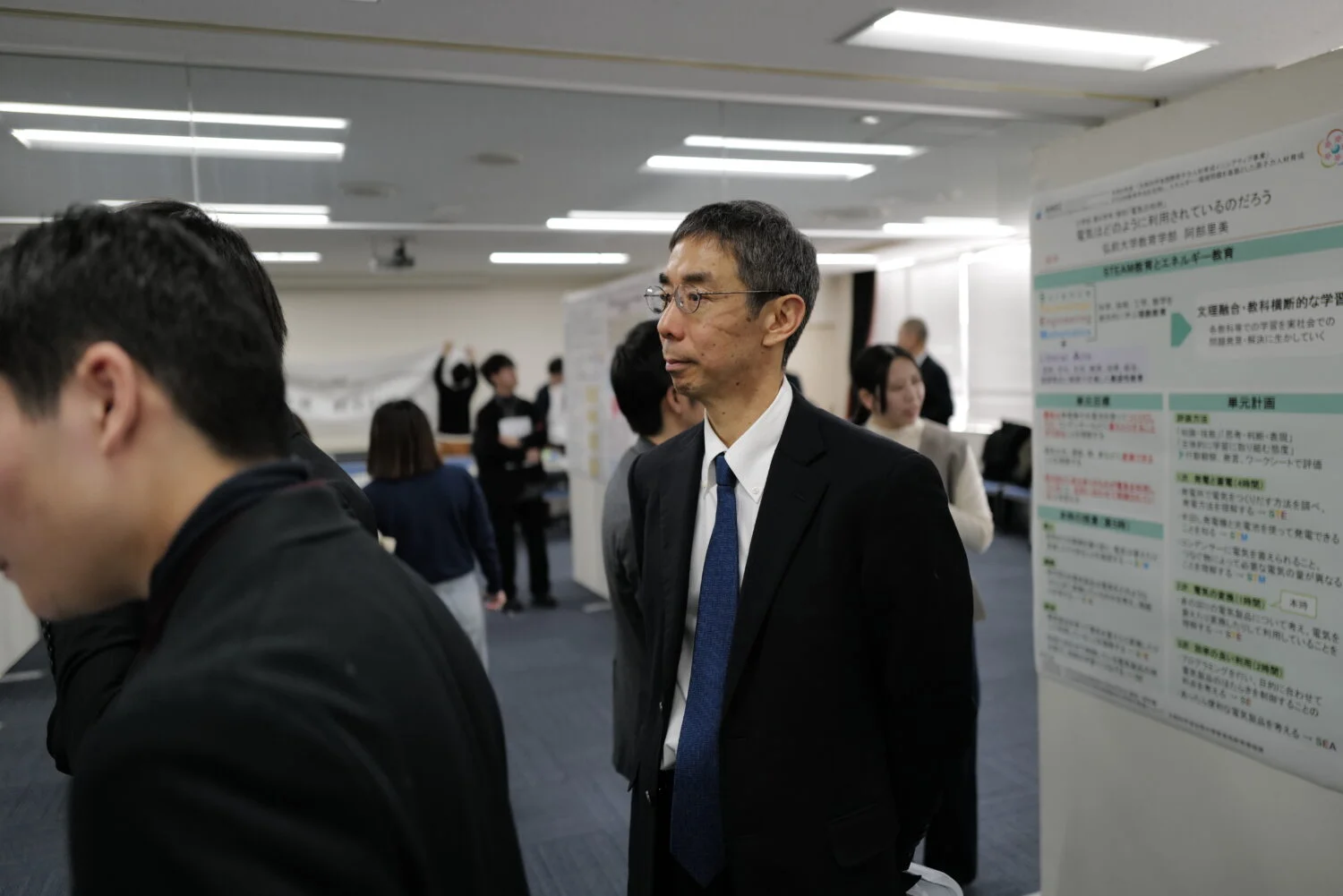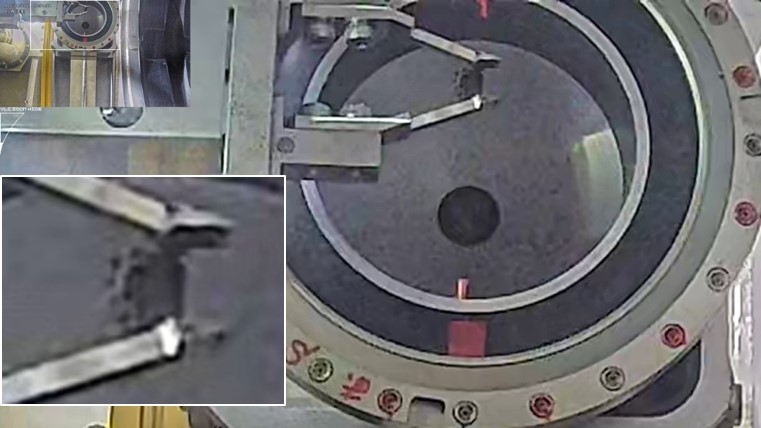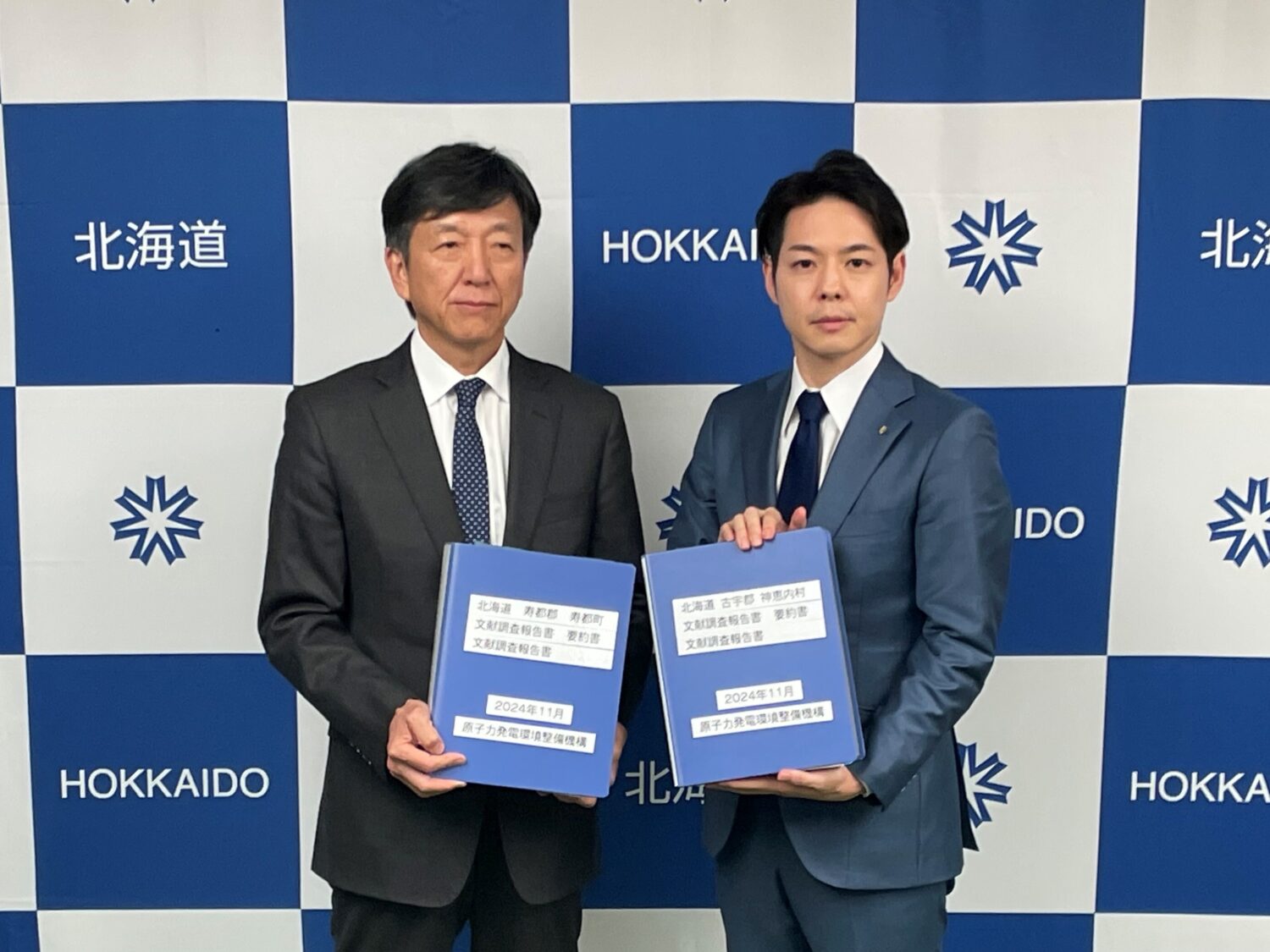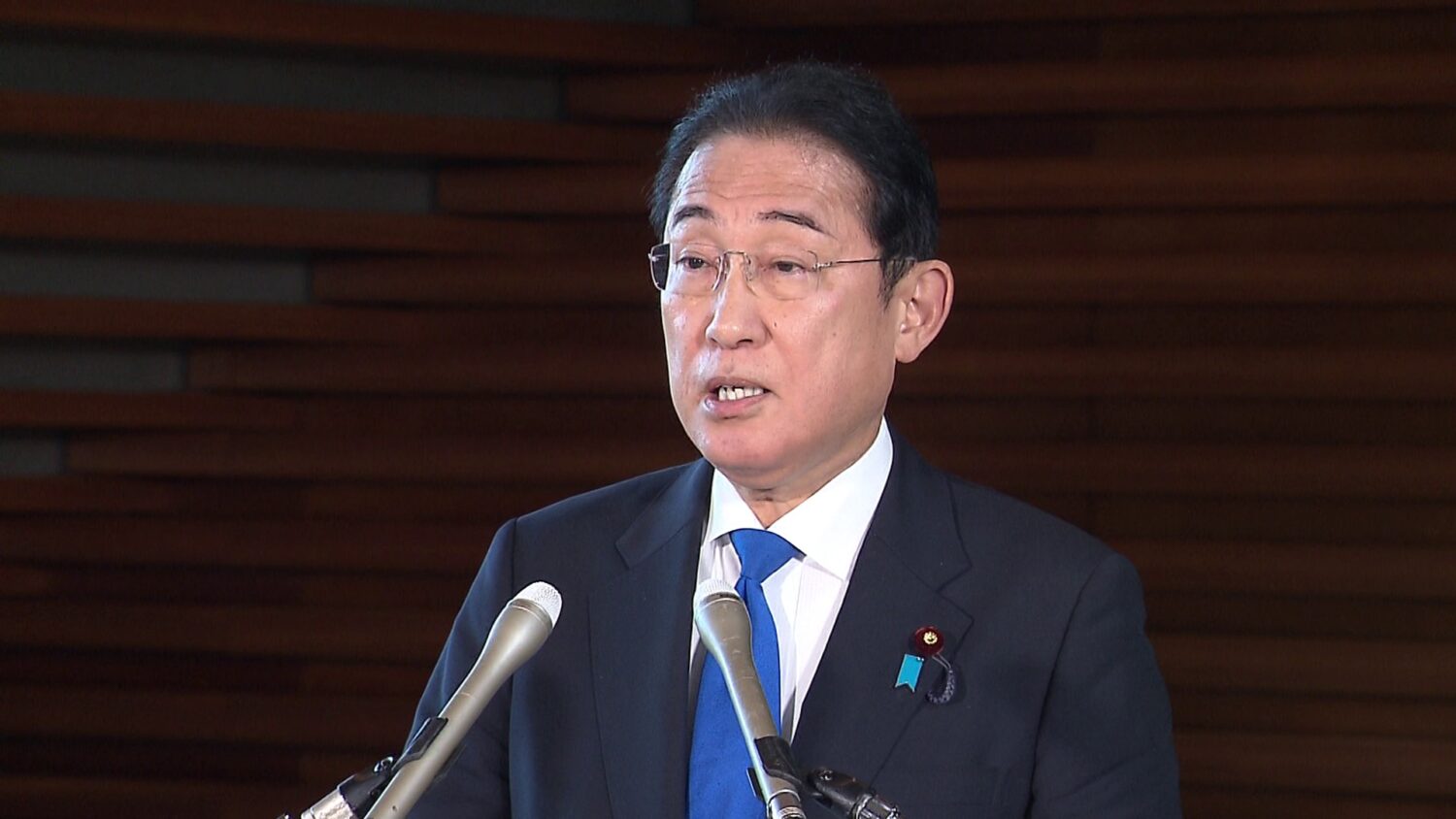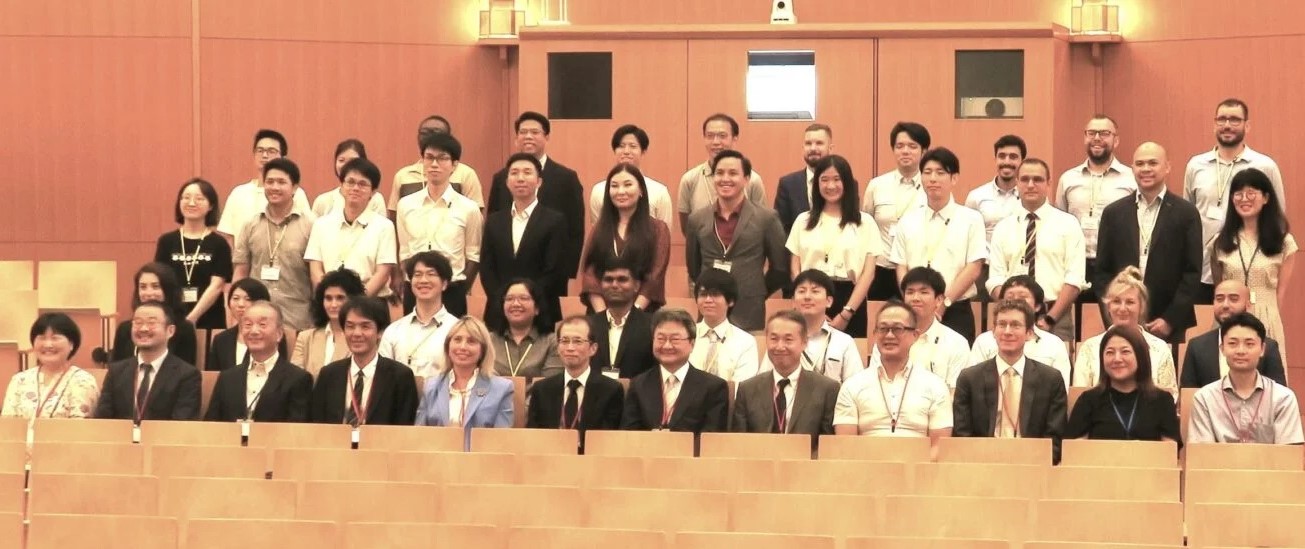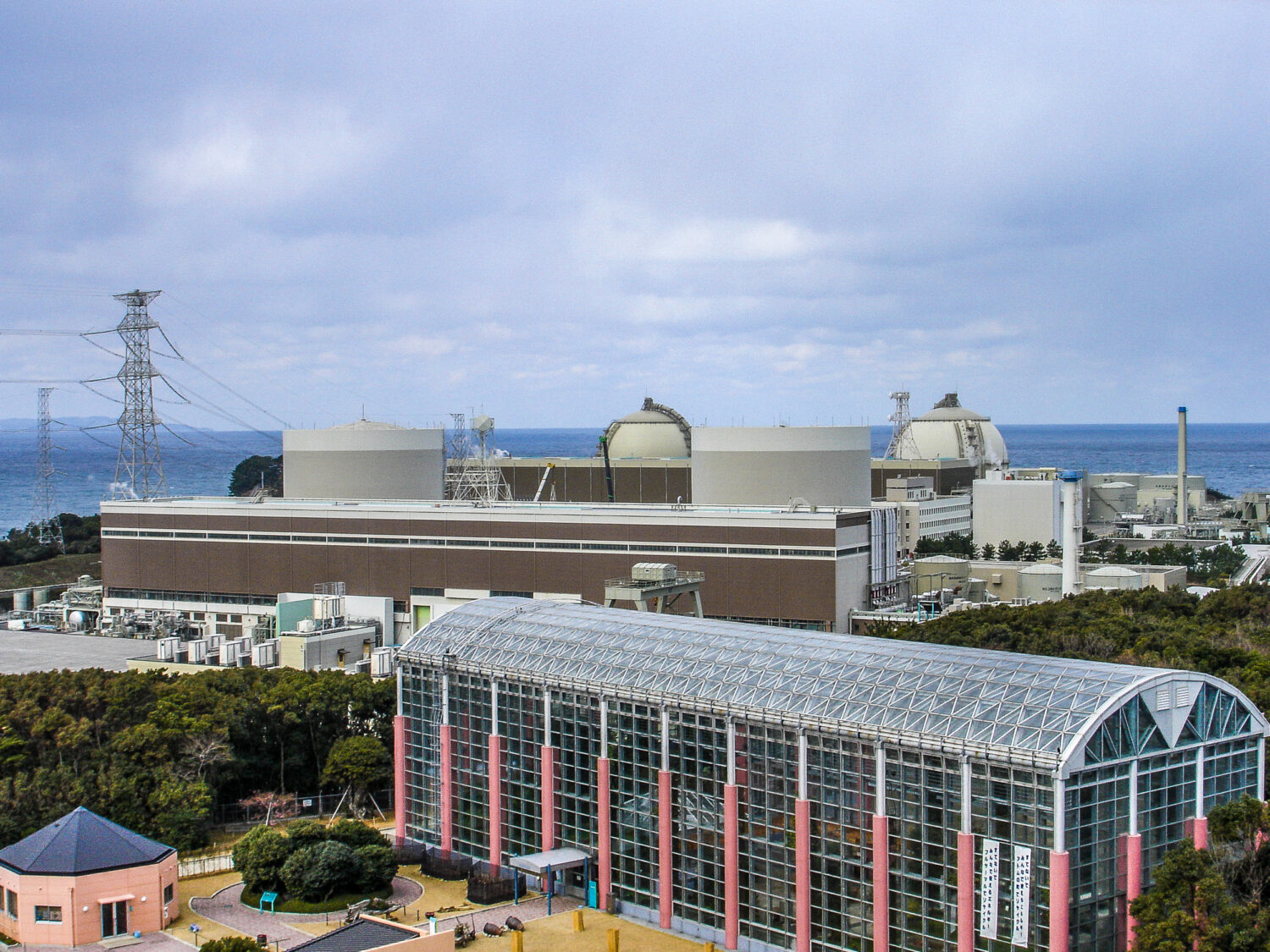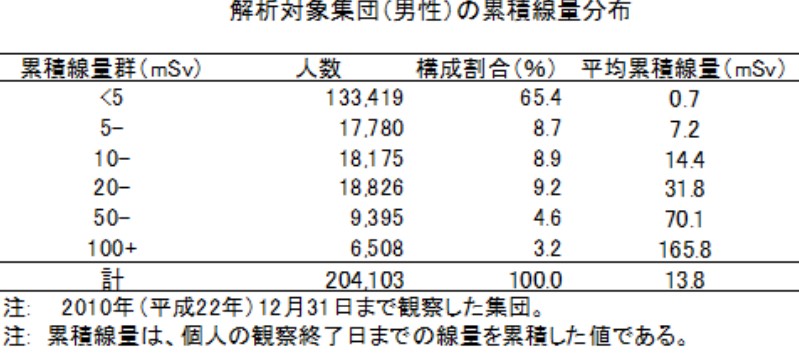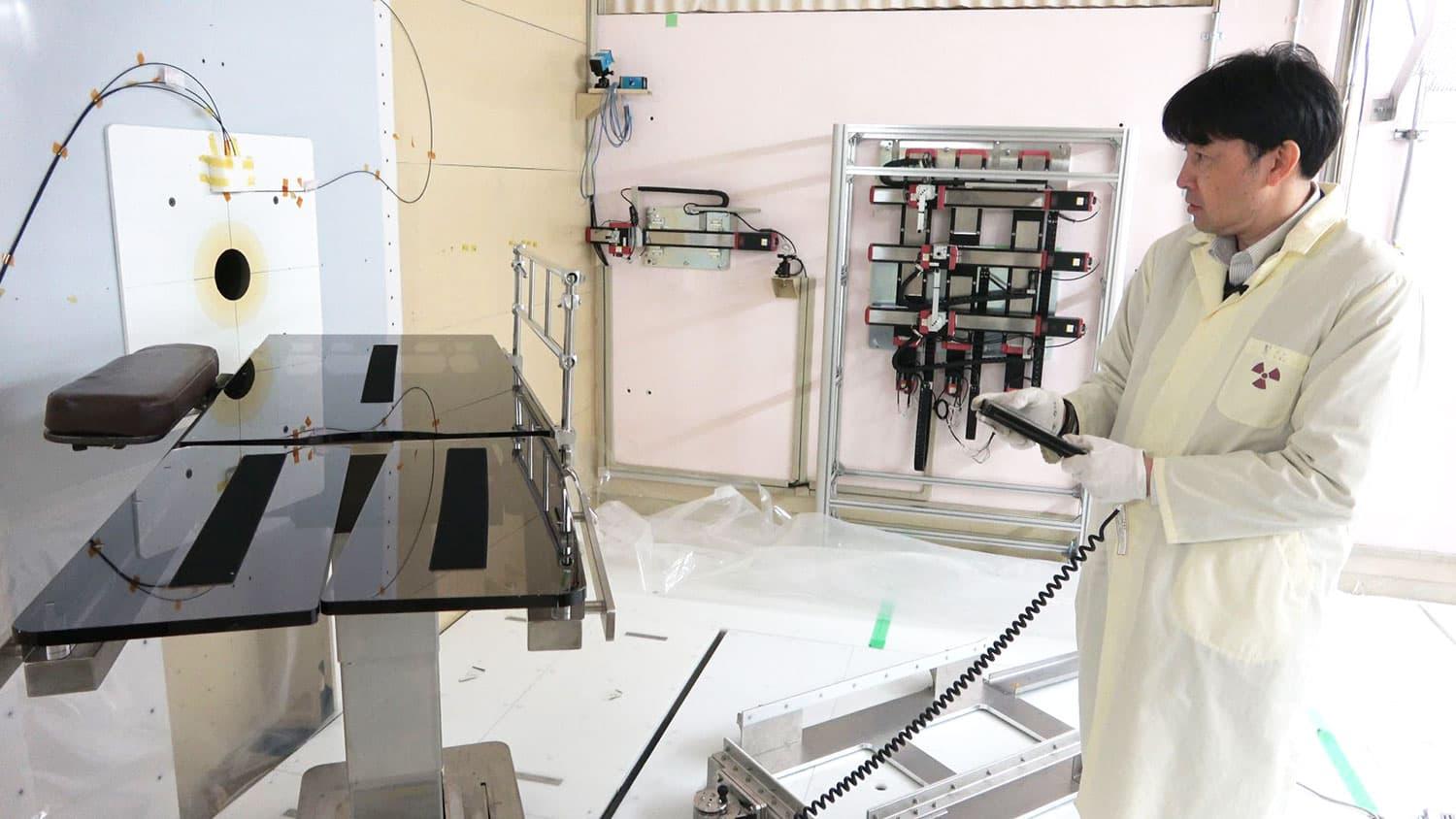In July 2021, Mihama-3 cleared a compatibility examination by the Nuclear Regulation Authority of Japan (NRA) under the new regulatory standards, and was restarted as the first nuclear power plant (NPP) in Japan to be operated beyond forty years.
In October 2021, a periodic inspection was started as the due date had arrived for the completion of an emergency response building—a permanent backup facility to be used in the event of an intentional aircraft strike or terrorist attack, and referred to as a “specified safety facility.”
On July 28 of this year, then, Kansai EP began operation of the specified safety facility, and Mihama-3 was restarted. It is the first specified safety facility in service for a domestic NPP in operation for more than forty years.
Kansai EP is currently installing specified safety facilities individually at its Takahama-3 and -4 NPPs, which had restarted in December 2020 and March 2021, respectively, and at its Ohi-4 NPP, restarted in August 2022.
Additionally, the installation of similar facilities is underway at Ohi-3 and at Takahama-1 and -2, aiming at the start of operation at those three units in December 2022, and May and June 2023, respectively. Permission has already been granted to make changes to the reactor installations (basic design approvals) at Takahama-1 and -2 to enable their operation beyond 40 years.
At a regular meeting of the NRA on September 28, a representative of the Cabinet Office Disaster Management Council announced that the 2022 Nuclear Energy Disaster Prevention Drill under the Law on Special Measures Concerning Nuclear Emergency Preparedness would be conducted in mid-November.
The drill will be undertaken on three assumptions, as follows:
(1) that an earthquake occurs with an epicenter in the Reinan region of Fukui Prefecture,
(2) that the Mihama-3 NPP is shut down
(3) that there is leakage of reactor coolant and multiple facility breakdowns resulting in the loss of functions to cool steam generators and inject water into the reactor.
The effectiveness will be confirmed of disaster-relief measures—including evacuations of residents both in and outside the prefecture—by the national government, local public bodies and nuclear operators.


